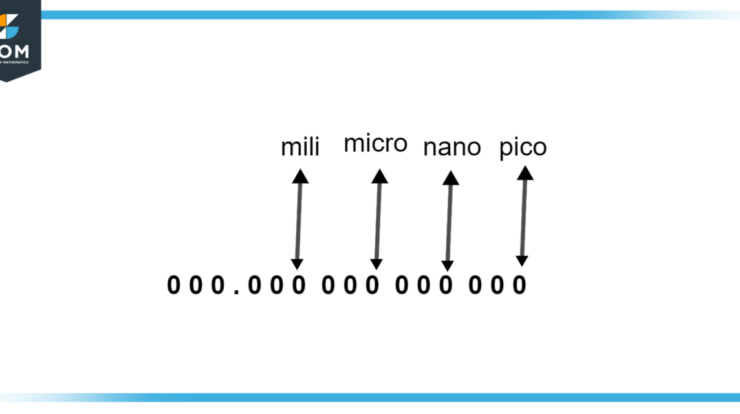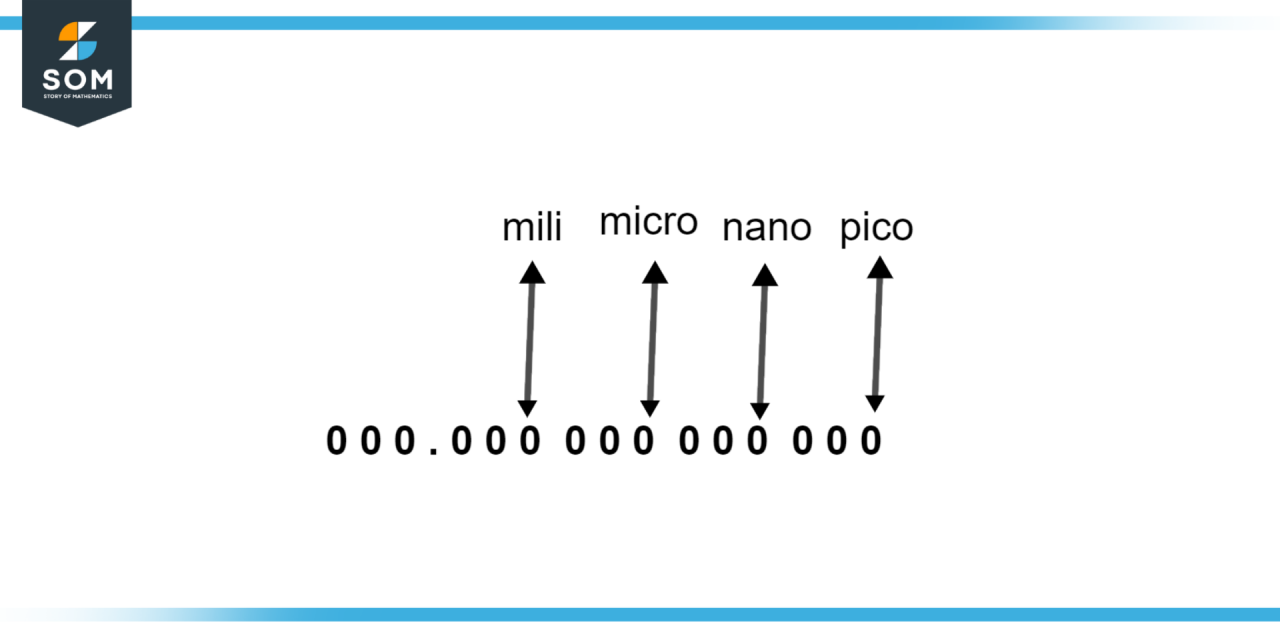
Micro meaning, the intricate web of subtle meanings woven within language, holds the power to transform communication. From the inflection of a single word to the unspoken implications of a phrase, micro meanings shape our understanding of the world and our interactions with others.
Delving into the realm of micro meanings, we embark on a journey to explore its types, analyze its impact, and unravel its significance in language learning and translation. This multifaceted concept, often overlooked yet profoundly influential, reveals the hidden depths of human expression.
1. Definition of Micro Meaning

Micro meaning refers to the subtle, nuanced meanings conveyed through specific words or phrases in a text. These meanings are often context-dependent and can be difficult to identify without careful analysis.
Micro meanings play a crucial role in communication, as they provide additional layers of information that can influence the overall interpretation of a message.
Types of Micro Meanings
- Connotative meaning:The implied or suggested meaning of a word or phrase, beyond its literal definition.
- Figurative meaning:The use of words or phrases in a non-literal way, such as metaphors or similes.
- Pragmatic meaning:The meaning conveyed by the context of a situation or the speaker’s intent.
Analysis of Micro Meanings
To analyze micro meanings in a text, it is important to:
- Identify the specific words or phrases that seem to convey subtle meanings.
- Examine the context of these words or phrases, including the surrounding text and the broader situation.
- Consider the speaker’s intent and the audience’s likely interpretation.
Tools such as concordance software and semantic analysis techniques can assist in identifying and interpreting micro meanings.
Micro Meanings in Language Learning
Micro meanings are essential for effective language learning. By understanding the subtle nuances of words and phrases, learners can improve their comprehension and communication skills.
Teaching micro meanings can be done through:
- Exposure to authentic texts and conversations.
- Activities that encourage learners to analyze and interpret micro meanings.
- Explicit instruction on connotative, figurative, and pragmatic meanings.
Micro Meanings in Translation
Translating micro meanings can be challenging, as they often rely on cultural and linguistic nuances.
Strategies for preserving micro meanings in translation include:
- Finding equivalent expressions in the target language that convey similar connotations.
- Using context to guide the translation and ensure that micro meanings are not lost.
- Consulting with native speakers or cultural experts to ensure accuracy.
Despite these challenges, successful translation of micro meanings is crucial for conveying the full meaning and impact of a text.
Final Wrap-Up

Micro meaning, a tapestry of minute yet meaningful threads, weaves a complex and fascinating dimension into the fabric of language. By understanding and harnessing its power, we unlock a deeper comprehension of communication, fostering greater empathy, understanding, and connection.
Common Queries
What is the role of micro meaning in communication?
Micro meanings convey subtle nuances and unspoken implications, shaping the interpretation and impact of messages.
How can we analyze micro meanings in a text?
Analyze context, tone, word choice, and sentence structure to identify and interpret micro meanings.
Why is micro meaning important in language learning?
Understanding micro meanings enhances fluency, comprehension, and cultural understanding.





